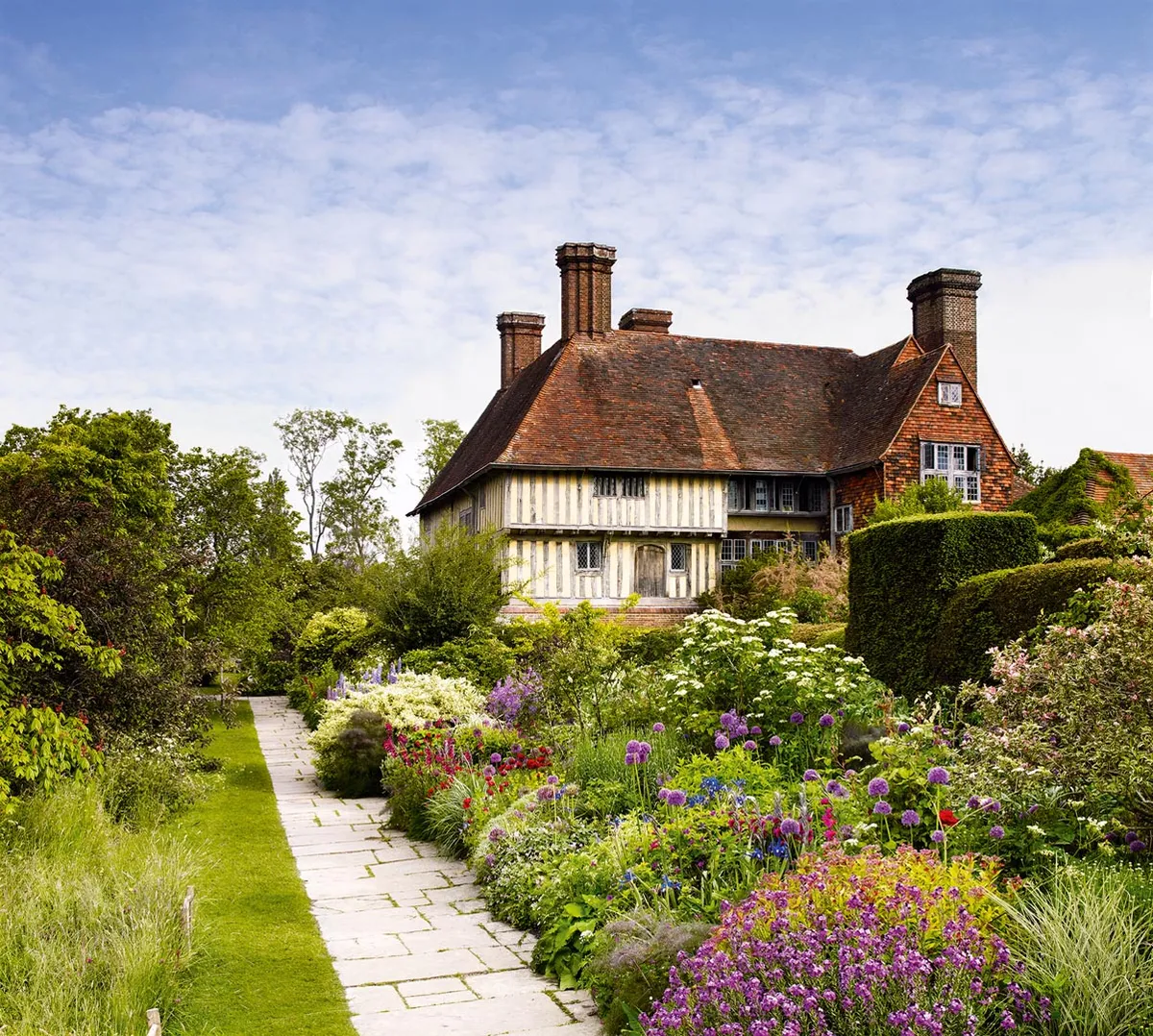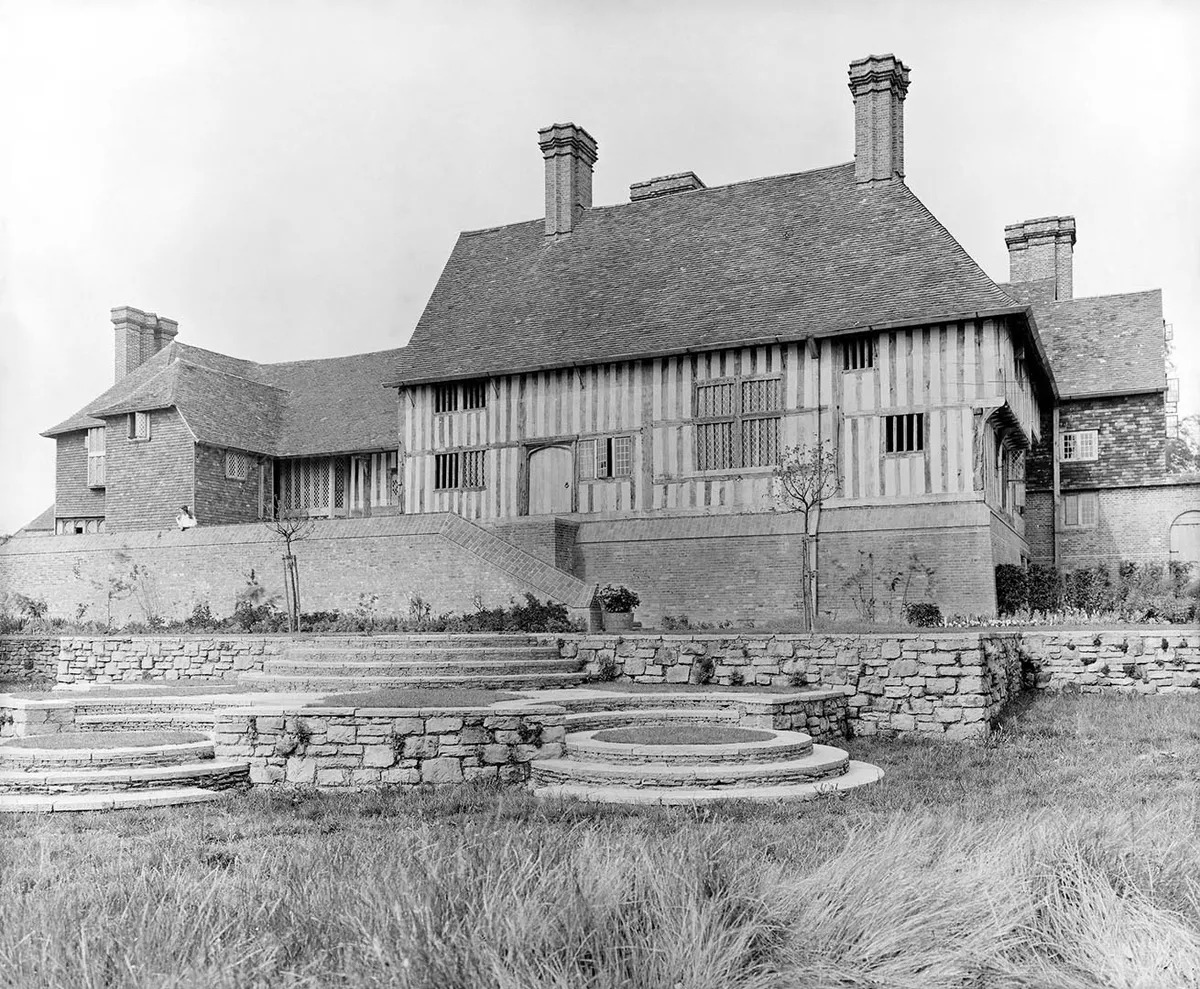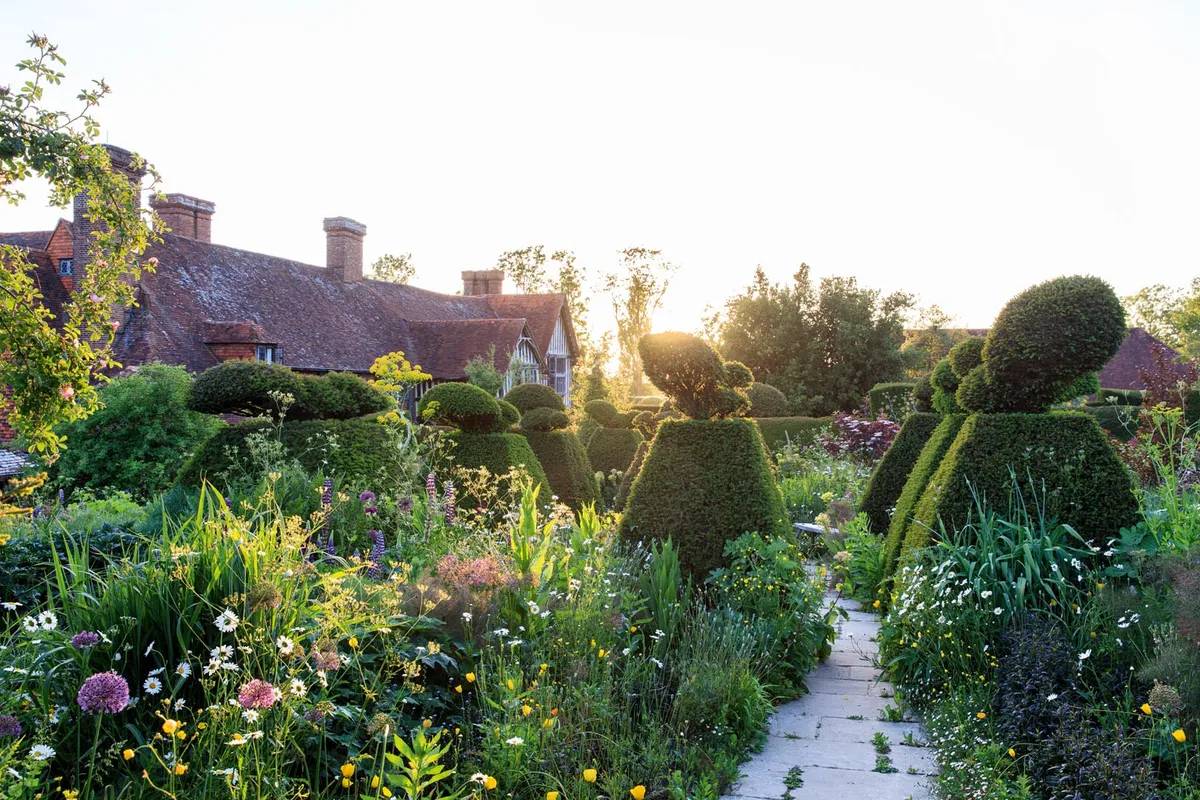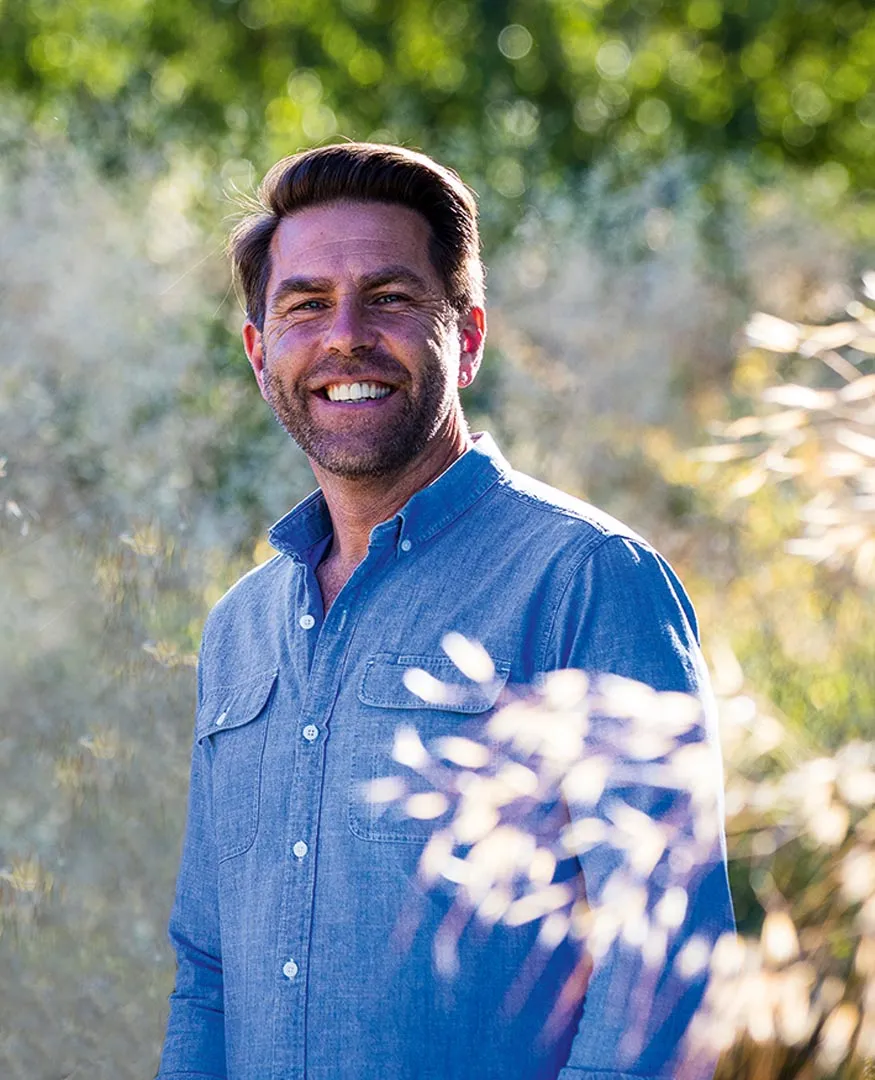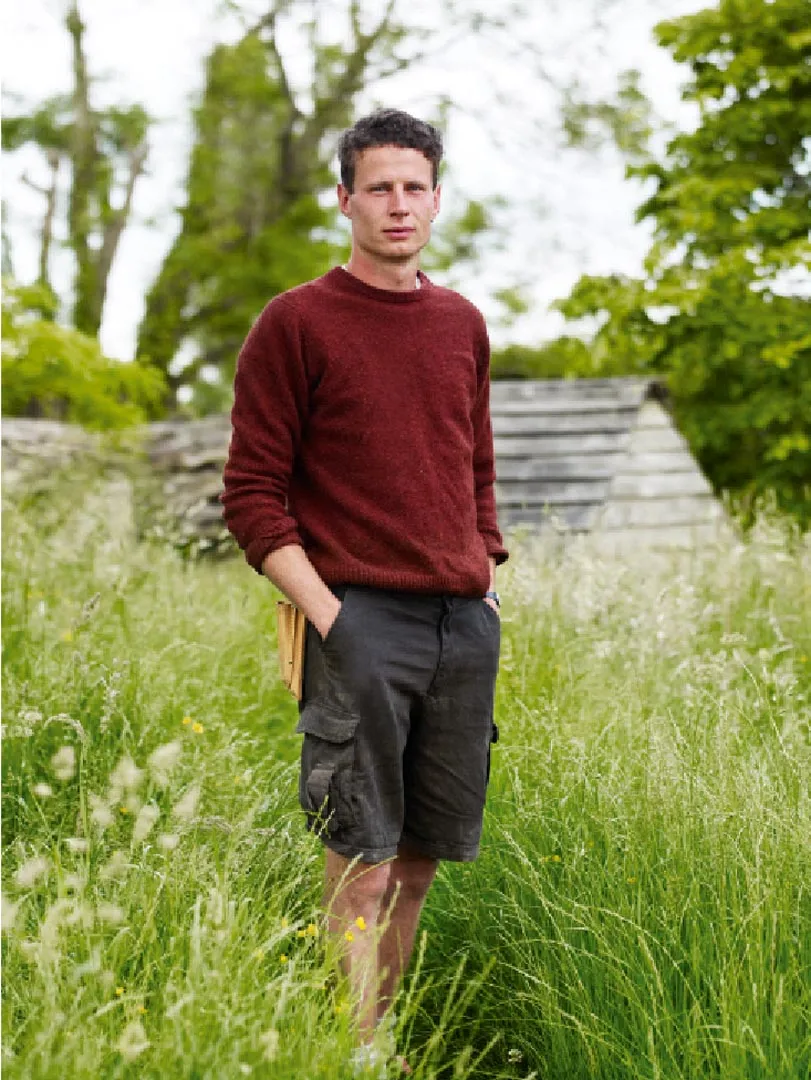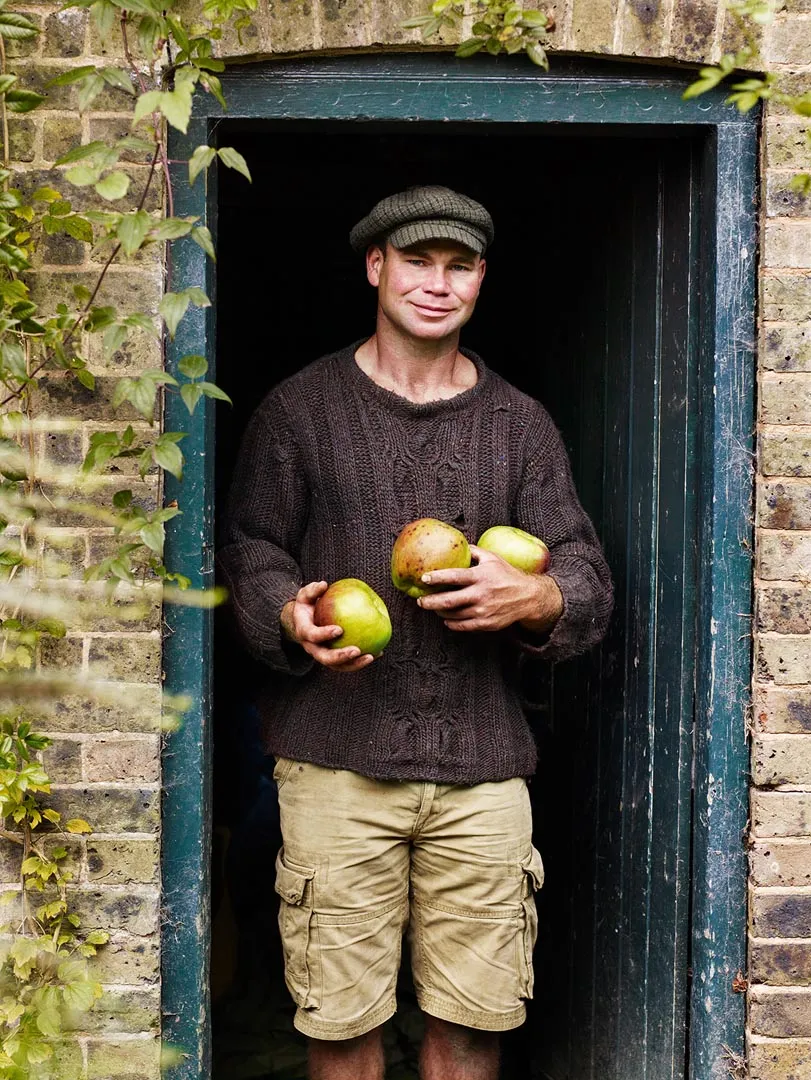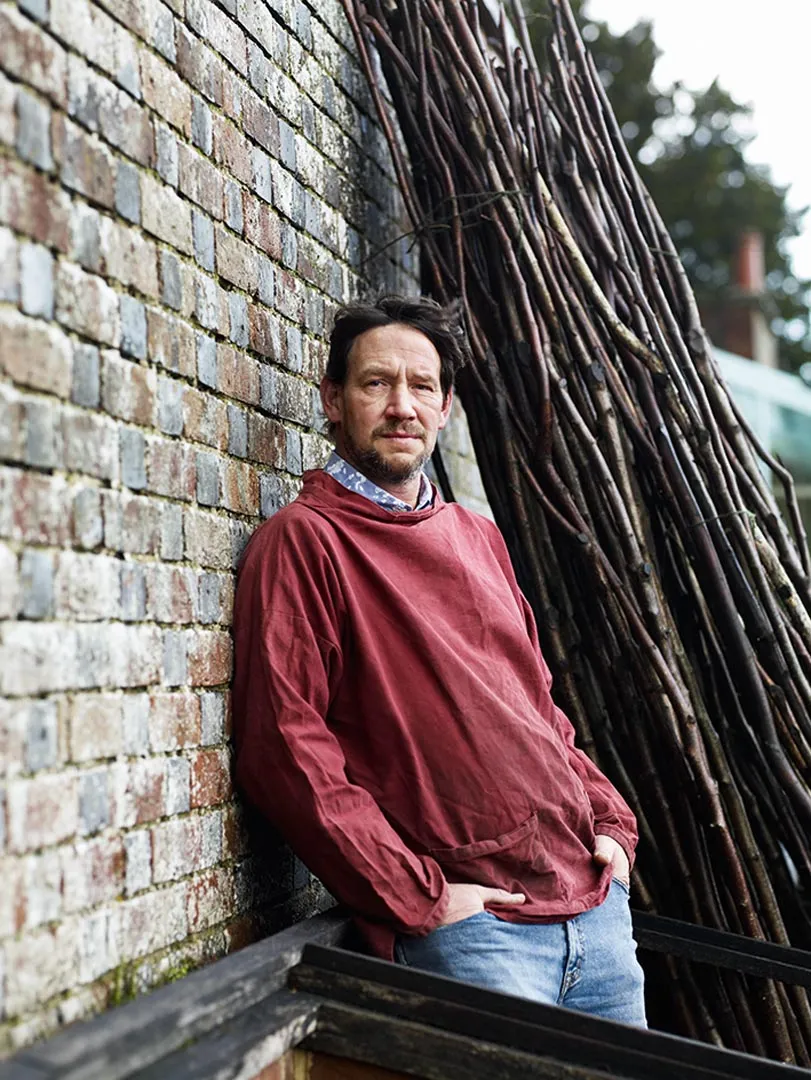Christopher Lloyd adored Great Dixter. It’s the house where he was born 100 years ago this month and where he lived for almost his entire life. It was also where he gardened wonderfully for almost his entire life. For the past 15 years since he died it has continued to thrive under the guardianship of its long-time head gardener Fergus Garrett. It’s certainly Christopher legacy but so too are the gardens and gardeners it has inspired around the world.
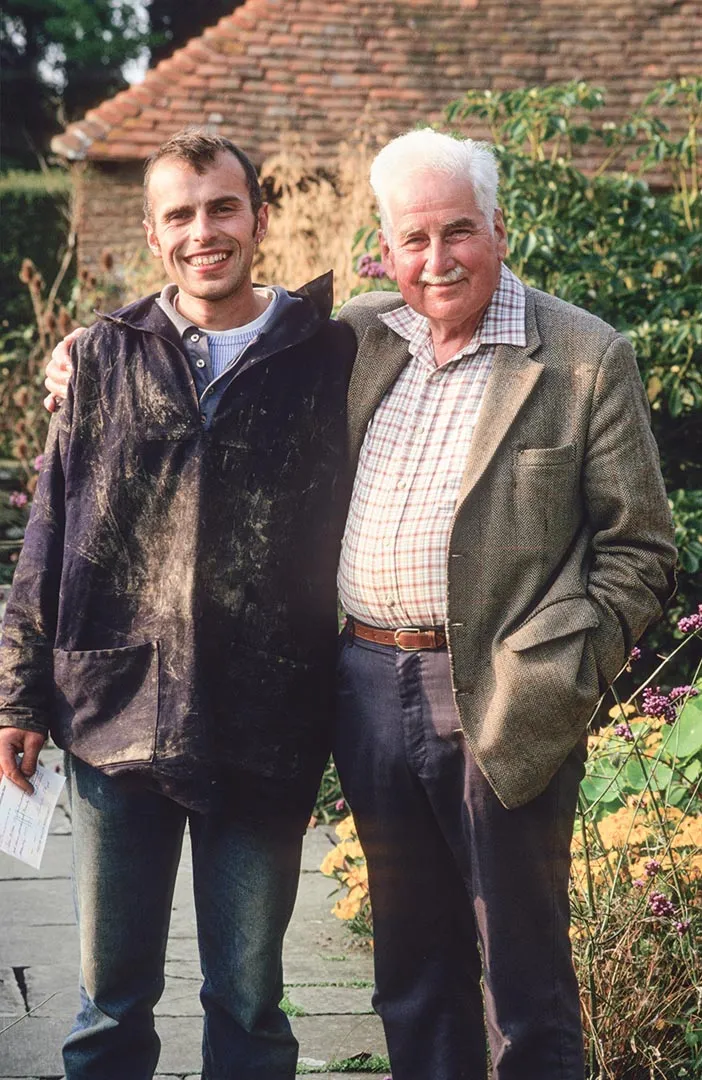
Australian designer Michael McCoy recognises that much of the boldness of his planting combinations comes from the time he spent at Great Dixter in 1991. “Christo loosened me up and liberated me from my self-imposed notions of what good gardening looked like,” he says. “Working at Dixter made me almost immune to any concerns about failure. Failure was no longer a measure of my poor gardening; failure was an indicator of my experimental nature.”
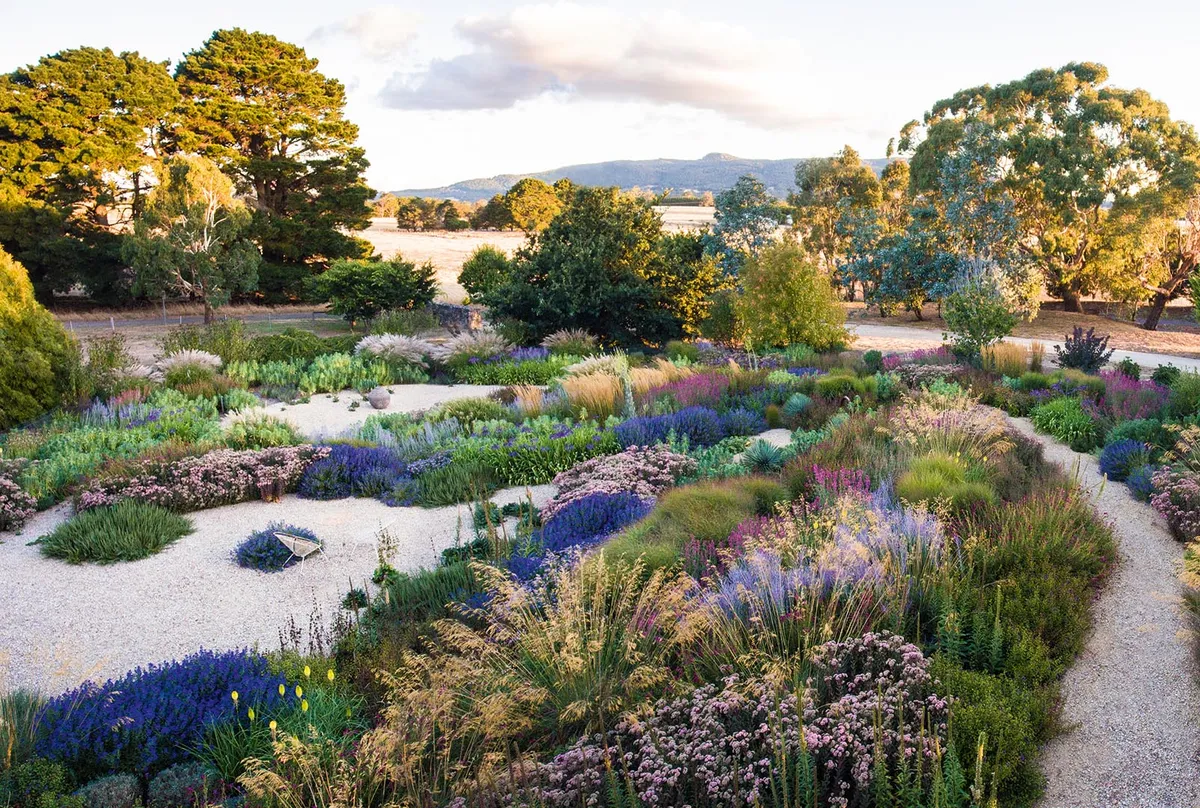
For Michael’s friend Edward Flint, Dixter opened a door on to a completely different world. He first came as a 20-year-old student and often found himself sitting down to eat with some of the greatest horticulturists of the day, invited to join in their argument and debate. Everyone could bring an opinion to Christopher’s table, provided they could argue their case. Alongside his work as a head gardener in East Sussex, where he gardens in a high-input, high-output style he describes as ‘Dixter light’, Edward now teaches gardening and tries always to instil that same sense of questioning in his students. “Christo taught me to develop a critical eye,” he says. “Not just about plants and gardens but about literature, music, everything. There was so much more to Dixter than just gardens and gardening.”
Watch Fergus Garrett on the borders and planting at Great Dixter
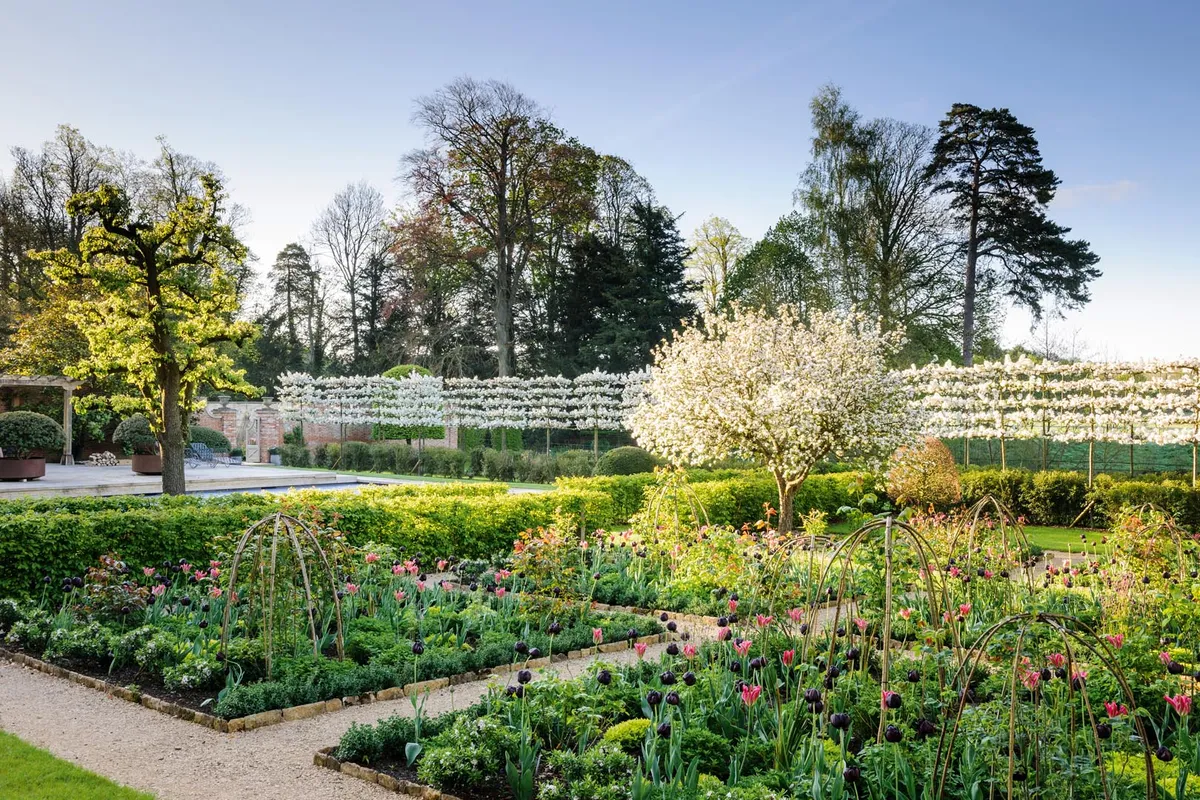
Hannah Gardner also loved the stimulating life at Dixter when as a student she would come and volunteer in the garden. “It was informal and spontaneous, and I thought ‘my God this is gardening and it’s so much fun’,” she says. “The friendship between Fergus and Christo was so productive and vibrant. It was inspiring to think this is what being a head gardener could be.”
For head gardener Tom Coward, another volunteer student who later returned to the garden as Fergus’s deputy, it was that welcoming sense of community at Great Dixter that mattered almost as much as the plants. “It’s the people that make Dixter special,” he says. “And the atmosphere that has persisted since Christo. He would be overjoyed if he could see what is now being created.” Tom now gardens magnificently at Gravetye Manor Hotel, where he’s brought a touch of Dixter magic to his reinterpretation of William Robinson’s naturalistic plantings.
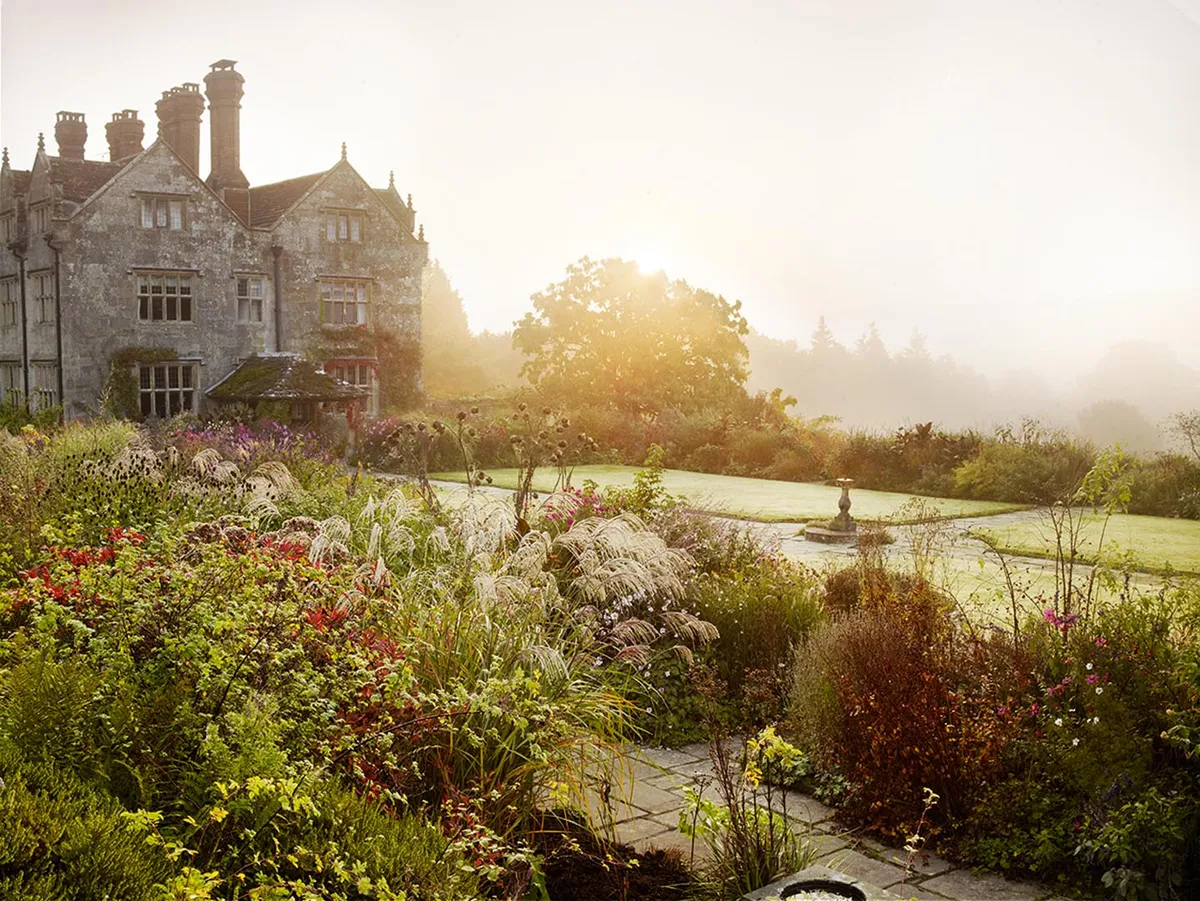
He’s added plenty of his own distinctive style too, but acknowledges Gravetye’s roots lie partly in Dixter, and still finds it a lovely compliment when someone tells him they can see he has worked there. “I learned so much from Fergus, especially about flower gardening,” he says.
Tom’s predecessor as Fergus’s deputy, Matthew Reese, fell “head over heels in love” with Dixter on his first visit and always knew it was where he wanted to work. When he finished studying at Kew he asked Fergus for a job for a few months, eventually staying six years, which allowed him to see how cleverly the garden changed through the seasons. “Christo didn’t just want a garden to be looking good for that summer climax, he wanted it to earn its keep for as long as possible,” he says. “He always wanted to be out there enjoying it and seeing things and, experiencing the ebb and flow of the garden.” Matthew is now head gardener at Malverleys, a ten-acre, private garden in Hampshire. It’s a soft, natural-looking garden with abundant layering of planting that includes, like at Dixter, lots of annuals and spring bulbs.

“For me gardening is an artistic outlet,” he says. “It’s where you manipulate nature and exaggerate it, and play with it and come up with wonderful combinations. If your garden’s too rigid and too low maintenance, it’s not a garden.” Dixter is still training the head gardeners of tomorrow, and since 2010 has offered a scholarship in Christopher Lloyd’s name to talented students. Students get experience in everything from propagation to pruning, as well as the artistry of gardening.
“Dixter has a style of generosity. You’re encouraged to have fun and just put colours together that appeal to you, that’s what Fergus certainly does in the spirit of Christo,” says James Horner the first Christopher Lloyd scholar. At Dixter, James was given the opportunity to work alongside the Italian designer Luciano Giubbilei and has since worked as planting designer for Giubbilei on several gardens including his 2014 Best in Show at Chelsea.

Ed Alderman, the 2013 scholar, found his year at Dixter a confidence-boosting masterclass on how to do the basics well and then push the boundaries. “It showed me anything is possible,” he says. “It’s a fearless approach.” Ed is now head gardener for a private garden, but other scholars have found Dixter opens different doors. Jonny Bruce the 2017 scholar discovered he loved the symbiotic relationship between the garden and nursery at Dixter and now feels his future is in sustainably growing perennials.
Perhaps after Dixter, Christopher Lloyd’s greatest legacy is his body of writing. He wrote more than 20 books and for more than 40 years a weekly column for Country Life magazine, all full of opinion and wit and astute gardening knowledge. “There aren’t many people who can write well about gardening and who are also brilliant gardeners,” says the Dutch writer and broadcaster Romke van de Kaa, who was encouraged to write by Christopher while working as Dixter’s head gardener in the 1970s.

Aaron Bertelsen Dixter’s current gardener cook was persuaded to pick up the pen by Christopher. “One of the greatest lessons Christo taught me was that there’s a difference between looking and seeing,” he says. “He had such an eye for detail. For a writer that’s very a useful skill.” Aaron has now followed Christopher’s lead not just in publishing two books on cooking from the Great Dixter kitchen garden but also in writing a column for Gardens Illustrated magazine.
Who knows what Christopher Lloyd would have made of the gardens Dixter has inspired; he would surely have had an opinion and one that would be worth seeking out. “It makes me incredibly sad that Christo never saw Malverleys,” says Matthew Reese. “I think he would have liked it. Perhaps not everything, I don’t think he would liked the White Garden, but I would have loved to have shown it to him and know what he thought.”
USEFUL INFORMATION
Address: Great Dixter, Northiam, Rye, East Sussex TN31 6PH. Tel: 01797 252878. Web: greatdixter.co.uk

